How to write Seedance 1.0 Lite Prompt-Seedance 1.0 Lite Prompt Guide
Seedance 1.0 lite model, as a small parameter version of the model series, significantly improves the generation speed while achieving excellent video generation quality. It is a cost-effective choice that combines effectiveness and efficiency.
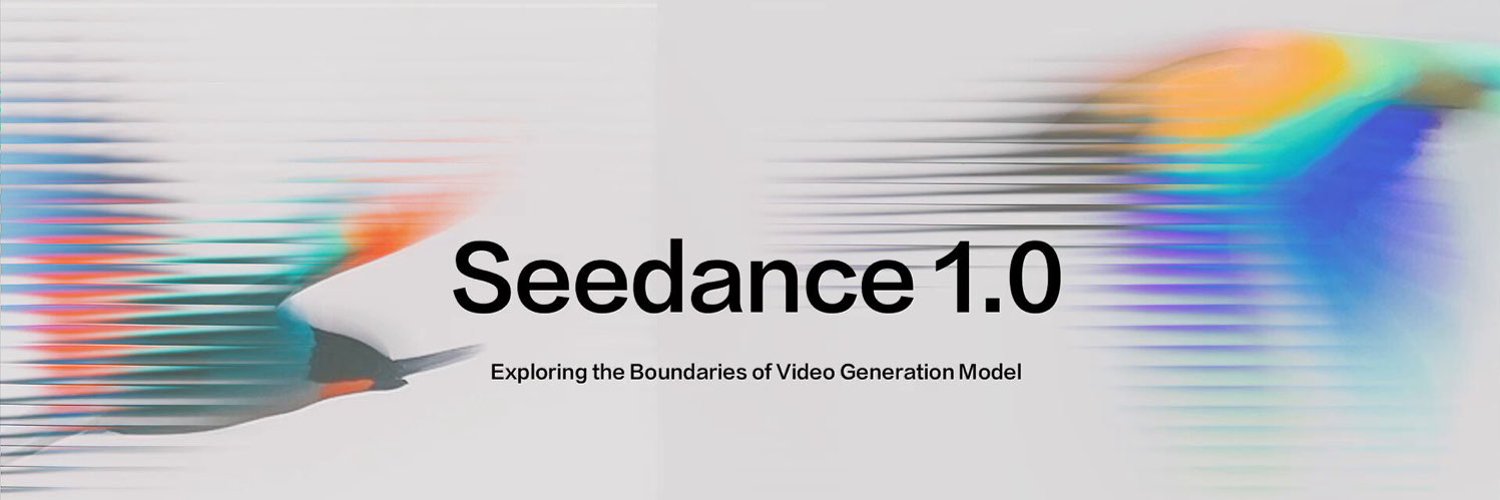
Seedance 1.0 Model Introducation
Seedance 1.0
Seedance 1.0 is a video generation base model series newly launched by the ByteDance Doubao large model team. Compared with previous versions, the model has stronger semantic understanding and instruction following capabilities, stable motion performance, delicate and high-definition basic image quality, powerful camera movement capabilities, can generate multi-style videos, and has a film-level aesthetic. It supports the generation of videos with a duration of 5s or 10s, 24fps, 480P, 720P, and 1080P (available at the end of May) resolution.
Seedance 1.0 Lite Model
Seedance 1.0 lite model, as a small parameter version of the model series, significantly improves the generation speed while achieving excellent video generation quality. It is a cost-effective choice that combines effectiveness and efficiency.
Seedance 1.0 Lite Prompt Image-To-Video Guide
Basic prompt
Prompt = Subject + Movement, Background + Movement, Camera + Movement ...
1. Basic structure: Since the image-to-video already has a scene, minimize (or even avoid) descriptions of static/unchanging parts and clearly indicate the moving object while describing more about the moving parts, including the movement of the subject, the movement/change of the background, and the movement of the camera.
2. Keep it simple and straightforward: Use simple words and sentence structures as much as possible. The model will expand the prompt based on our expression and understanding of the image, and generate videos that meet our expectations.
3. Feature description: When the subject has some prominent features, the prominent features can be added to better locate the subject, such as the old man, the woman wearing sunglasses, etc. When describing the movement, the key degree adverbs must be clear, such as fast and large amplitude.
4. Follow the picture: The description should be based on the content of the input picture, clearly stating the subject and the action or camera movement you want. Please note that the prompt should not contradict the picture content or basic parameters. For example, if the picture shows a man, the prompt says "a woman is dancing"; if the background is a grassland, the prompt says "a man is singing in a coffee shop"; if there are no accessories on the hand, the prompt says "the hand with accessories"; if the basic parameter selects a fixed shot, but the prompt says the camera is circling.
5. Negative prompt does not work: The model does not respond to negative prompts
Multiple consecutive action prompts
The model has a strong response to the quality of multi-shot actions, supports multiple consecutive actions in time series, and different actions of multiple subjects. You can try to write:
Prompt = Subject 1 + Motion 1 + Motion 2
Prompt = Subject 1 + Motion 1 + Subject 2 + Motion 2...
Just list them in order, and the model will expand the prompt based on our expression and understanding of the image, generating a video that meets expectations.
Camera movement prompts, including shot transitions
You can use natural language in the prompt to describe the shot changes you want, including panning, aerial view, zooming, panning, following, hand-held and other camera movements, as well as shot switching. Camera language response is the strength of seedance 1.0.
- When writing prompts for consistent multi-shot, you need to write the internal connection between shots.
- The change of the shot is connected by the explicit cue word "shot cut".
- If the scene changes after the cut, you need to describe the new scene.
- When there are camera movement prompts, the basic parameter should be selected "Unfixed Camera"
- The camera movement prompt is also applicable in the Text-to-Video scenario.
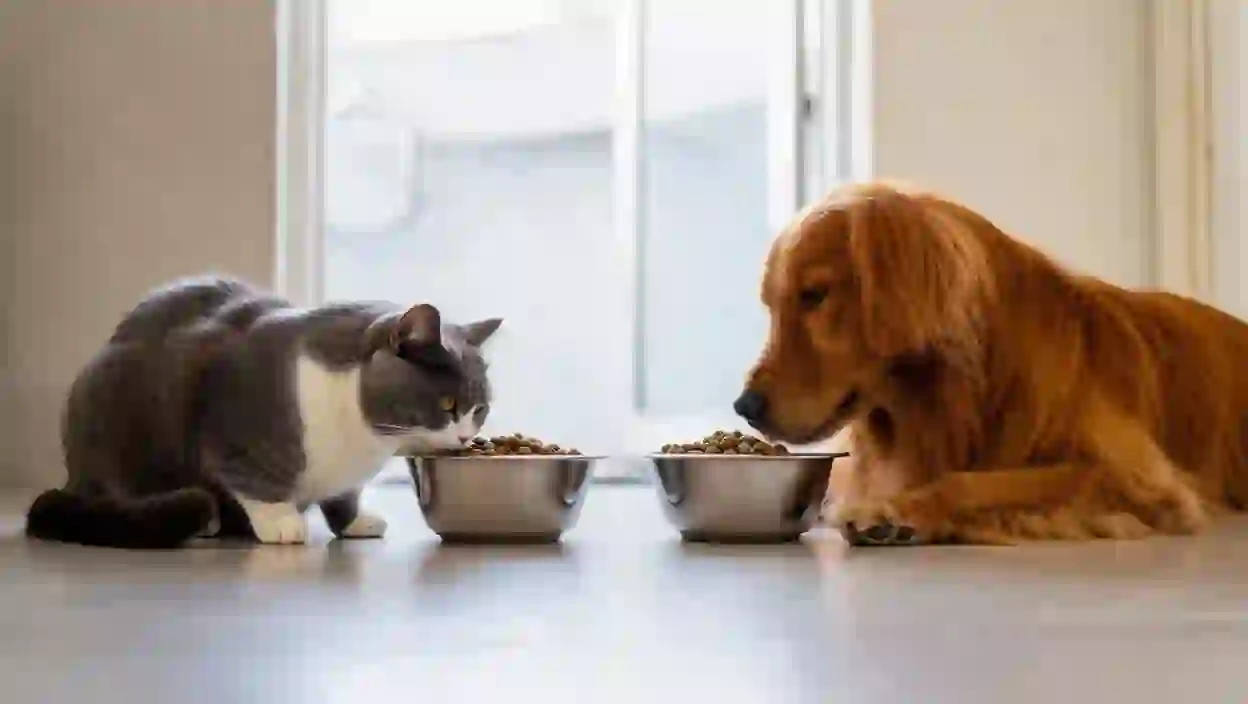
Basic parameters: non - fixed lens, 720p, 5s
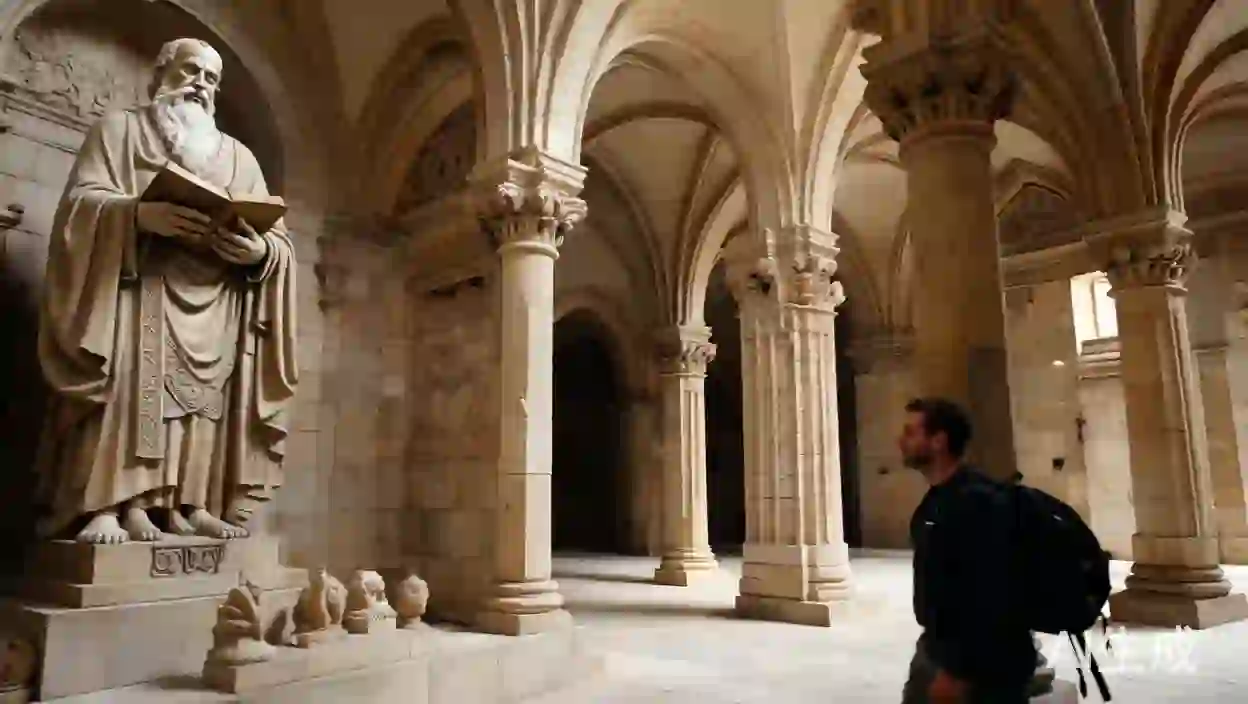
Basic parameters: Non - fixed camera, video ratio 16:9, 720p, 5s
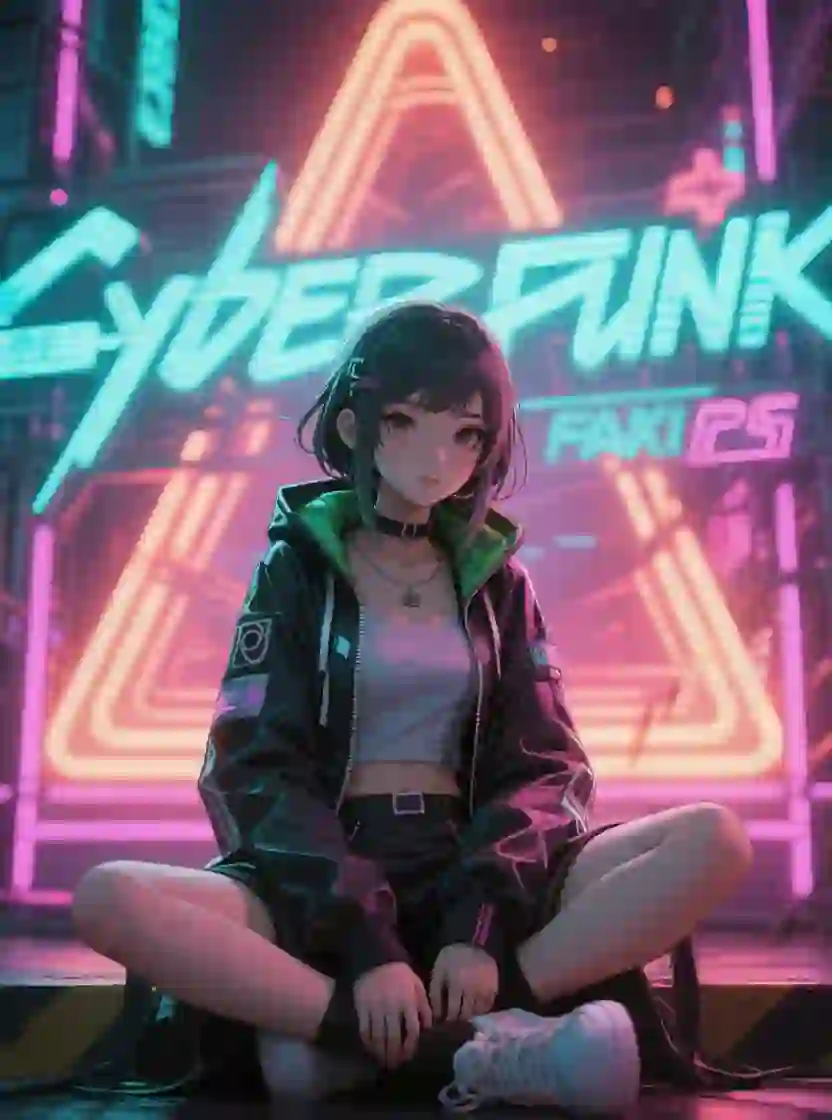
Basic parameters: non - fixed lens, 720p, 5s
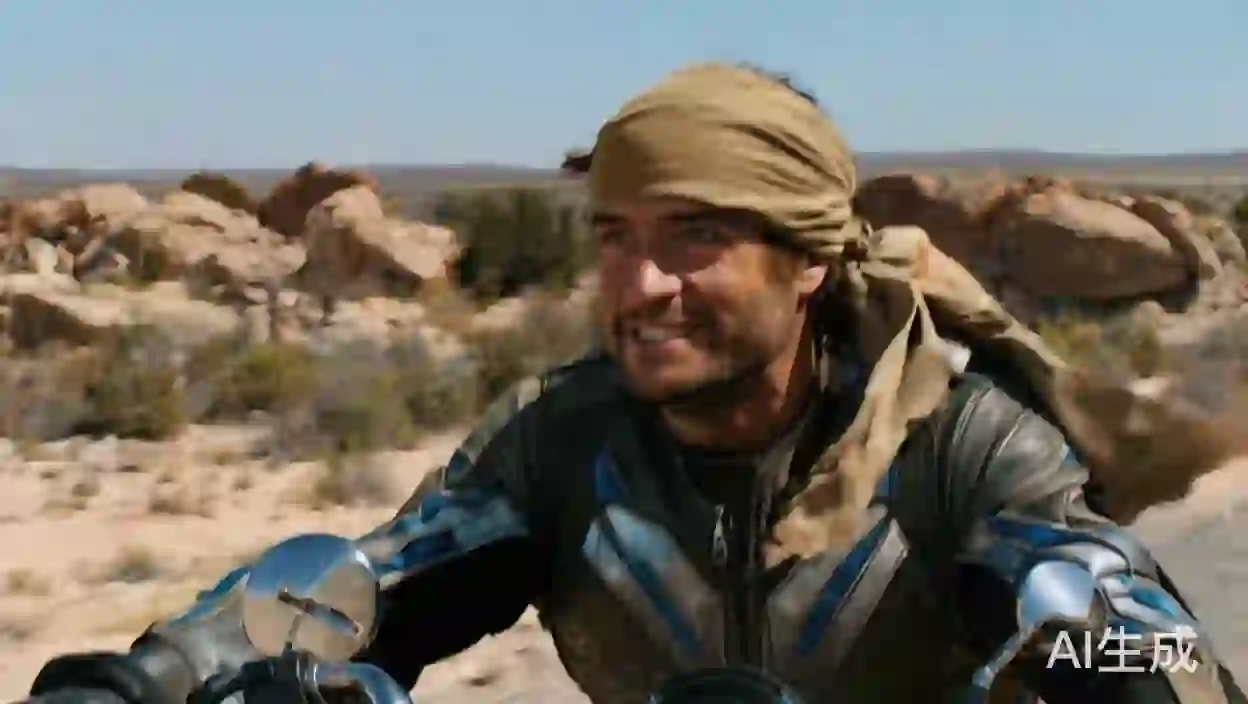
Basic parameters: non - fixed lens, 720p, 5s
Degree Adverb
If you want to highlight the frequency and intensity of the action or the characteristics of the subject in the video, use adverbs of degree reasonably.
1. Be clear: The model cannot obtain the degree of motion from the input reference image, so it must be clearly stated in the prompt. Otherwise, the model will supplement it according to its own understanding, which may deviate from the user's intention. For example, change "a car drives by" to "a car quickly drives by"
2. Appropriate exaggeration: Appropriate exaggeration can enhance the expressiveness of the video. For example, change "the man roared" to "the man roared wildly" and "the wings" to "the wings vigorously," which will make it easier to achieve the desired effect.
Degree prompt words: fast, violent, substantial, high frequency, strong, crazy...
Seedance 1.0 Lite I2V Model Support "Start to End Frames"!!!
Seedance 1.0 Lite Text-to-Video Guide
Basic prompt
Prompt = Subject + Movement + Scene + Shot, Style...
1. Subject + motion + scene are the most core and basic elements. The model will expand the prompt words to generate a video that meets expectations.
2. Refer to the image-to-video, the prompt guide for continuous actions, camera movements, adverbs of degree etc. also works for Text-to-Video, negative prompts do not respond.
3. How to better describe the content you need:
• Detailed character description: Focus on the character's appearance, clothing, and posture.
• Environmental Details: Describing the natural environment (such as mountains, deserts, waterfalls, etc.) or the built environment (such as studios, bathrooms, etc.) in detail can help you emphasize the visual and sensory experience of the scene.
• Combination of Emotions and Dynamics: By depicting the emotional states of characters and environmental dynamics, a richly layered narrative is created.
• Atmosphere Rendering: We usually have some techniques for rendering atmosphere in visual presentation. For example, we can use descriptions of light: dusk, dawn, dim, warm light, etc.
Style response word
Seedance 1.0 Support Multiple styles directly output: Japanese comics、American comics、Line drawing、Voxel、Paper-cutting、Felt、Chinese ink painting、Watercolor、Chinese animation。


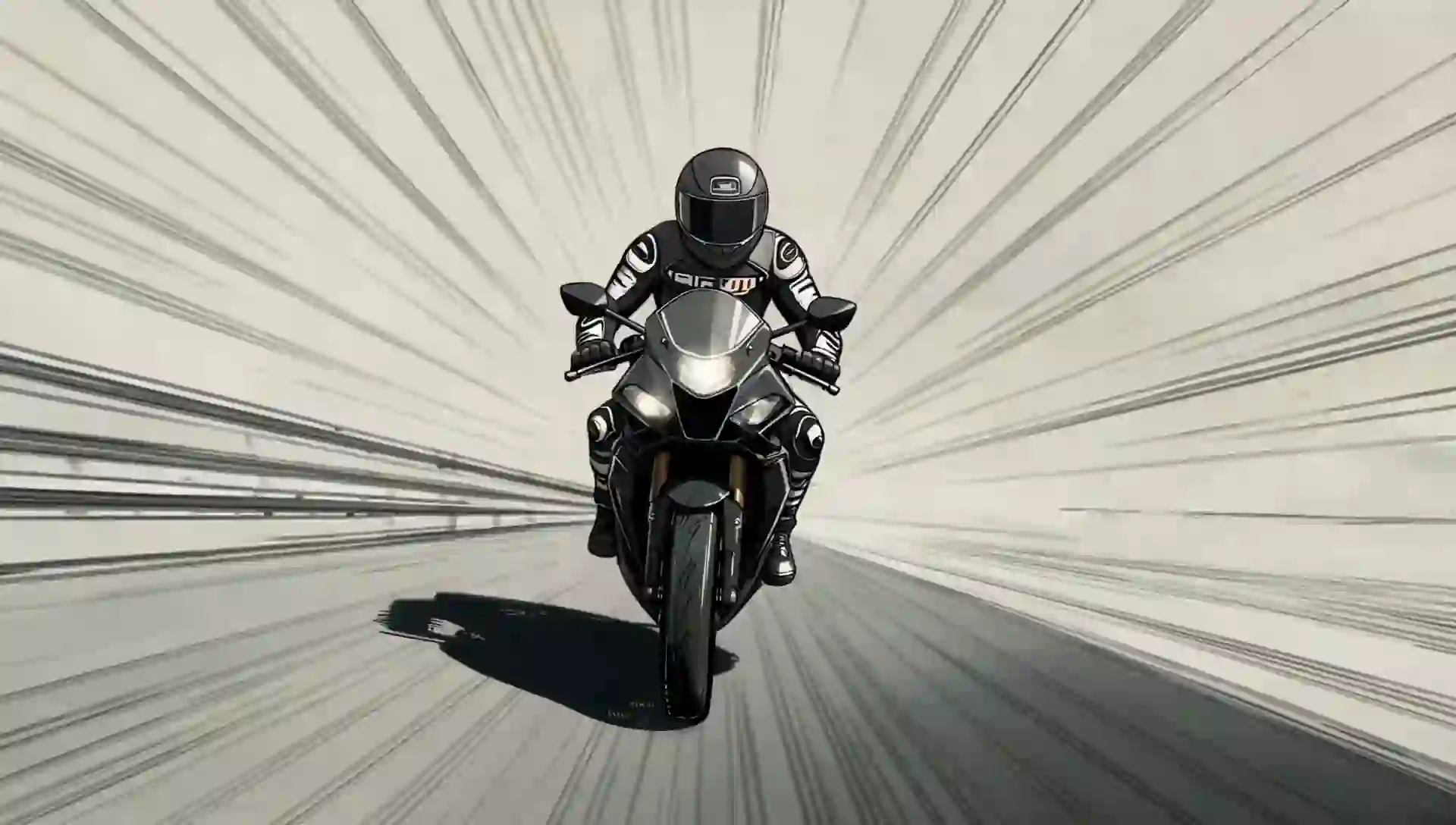
Try Seedance 1.0 Lite I2V Today?
Experience the Best AI Video Generator In JoyPix.ai!
